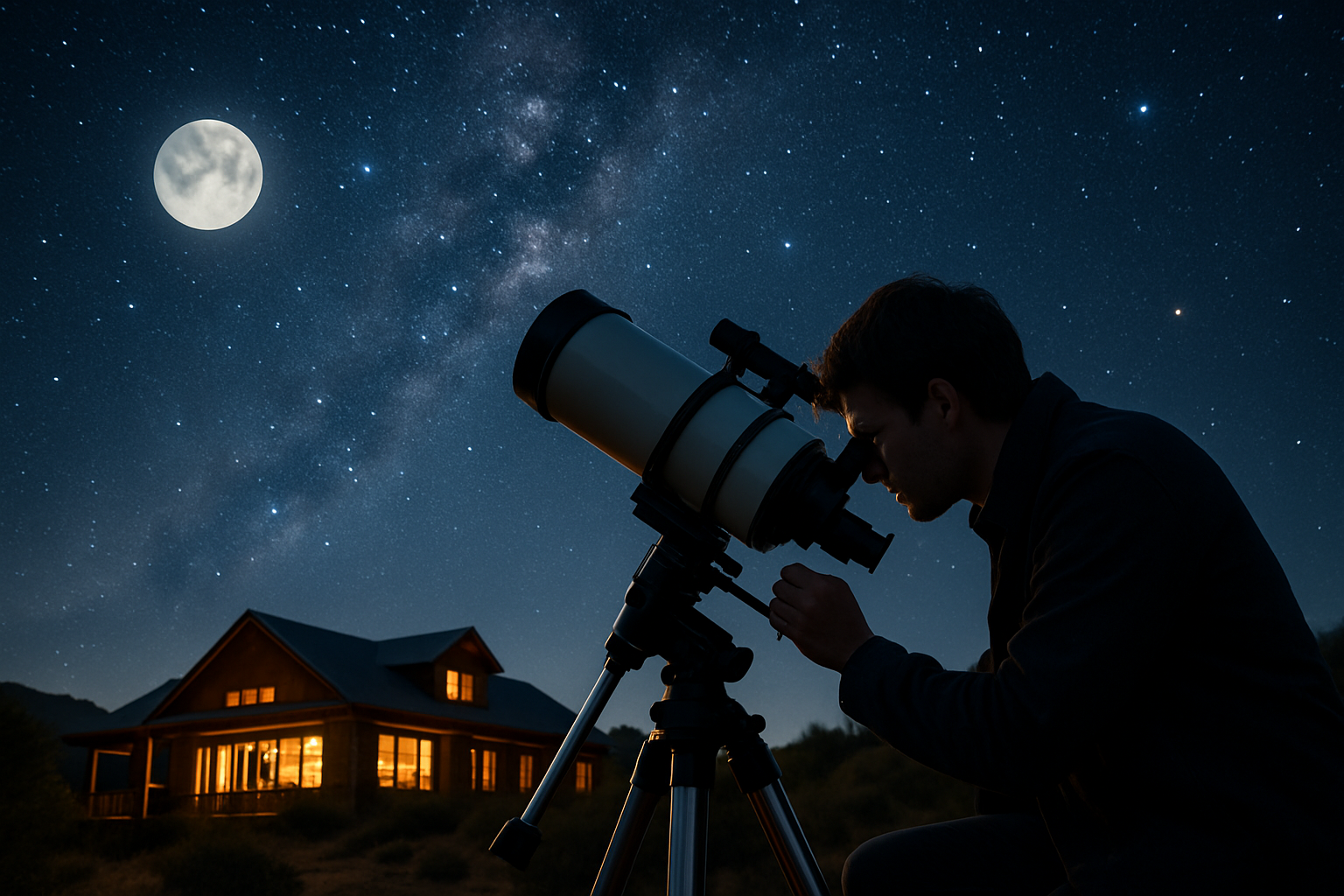Astrotourism: Stargazing Adventures in Dark Sky Destinations
Discover the celestial wonders that await in the world's darkest skies. Astrotourism, a burgeoning trend in travel, offers stargazers and space enthusiasts the chance to witness the cosmos in its full glory. From remote desert locations to secluded mountain peaks, this article explores the rising popularity of dark sky destinations and how they're revolutionizing nocturnal travel experiences. Learn about the best spots for stellar observations, the impact of light pollution, and how communities are preserving their night skies for future generations.

The concept of astrotourism isn’t entirely new, but its recent surge in popularity can be attributed to several factors. Growing awareness of light pollution’s effects on wildlife and human health has led to increased efforts to preserve dark skies. Additionally, advancements in astrophotography technology have made it easier for amateur astronomers to capture stunning images of celestial objects, further fueling interest in stargazing travel.
Dark Sky Destinations Around the World
Some of the most popular dark sky destinations are located in remote areas far from major cities. The International Dark-Sky Association (IDA) certifies locations that meet strict criteria for sky quality and outdoor lighting control. These designated areas offer some of the best stargazing opportunities on the planet.
In North America, places like Death Valley National Park in California and Big Bend National Park in Texas are renowned for their exceptionally dark skies. The NamibRand Nature Reserve in Namibia is Africa’s first International Dark Sky Reserve, offering unparalleled views of the southern night sky. In Europe, the Alqueva Dark Sky Reserve in Portugal has become a hotspot for astrotourists seeking to observe the Milky Way in all its glory.
The Impact of Light Pollution
Understanding light pollution is crucial to appreciating the value of dark sky destinations. Light pollution refers to the excessive or inappropriate use of artificial light, which brightens the night sky and obscures our view of the stars. This phenomenon not only affects our ability to stargaze but also disrupts ecosystems and wildlife behavior.
Many cities and communities are now implementing dark sky-friendly lighting policies to mitigate light pollution. These measures include using shielded light fixtures, warm-colored LEDs, and smart lighting systems that dim or turn off when not needed. As awareness grows, more travelers are seeking out destinations that prioritize dark sky preservation, driving the growth of astrotourism.
Planning Your Astrotourism Adventure
When planning an astrotourism trip, timing is everything. Consider factors such as moon phases, weather conditions, and seasonal celestial events. Many dark sky destinations offer guided stargazing tours led by expert astronomers who can help you identify constellations, planets, and other celestial objects.
Packing the right gear is essential for a successful stargazing experience. A good pair of binoculars or a portable telescope can enhance your observations. Don’t forget to bring warm clothing, as temperatures can drop significantly at night, even in desert locations. A red flashlight is also crucial, as it allows you to navigate without disrupting your night vision or disturbing other stargazers.
The Future of Astrotourism
As interest in astrotourism continues to grow, destinations are adapting to meet the demands of this unique traveler demographic. Some observatories and planetariums are now offering overnight experiences, allowing visitors to use professional-grade telescopes and engage with astronomers. Specialized astrotourism resorts are also emerging, featuring amenities like observatory domes and star-viewing platforms.
The future of astrotourism looks bright, with potential developments in space tourism on the horizon. As private companies work towards making space travel more accessible, the line between terrestrial stargazing and space exploration may begin to blur, opening up new frontiers for astronomical adventures.
Celestial Travel Tips
-
Check the lunar calendar and plan your trip during a new moon for optimal stargazing conditions
-
Learn basic astrophotography techniques to capture stunning night sky images
-
Download stargazing apps to help identify constellations and track celestial events
-
Consider joining an astronomy club or guided tour for expert insights and access to equipment
-
Respect dark sky preservation efforts by minimizing your use of artificial light at night
Astrotourism offers a unique way to explore our planet while gazing into the depths of the universe. By seeking out dark sky destinations, travelers can witness the awe-inspiring beauty of the night sky and gain a deeper appreciation for our place in the cosmos. As we continue to navigate the challenges of light pollution and environmental conservation, astrotourism stands as a testament to the enduring human fascination with the stars and our desire to preserve the natural wonders of our world.





